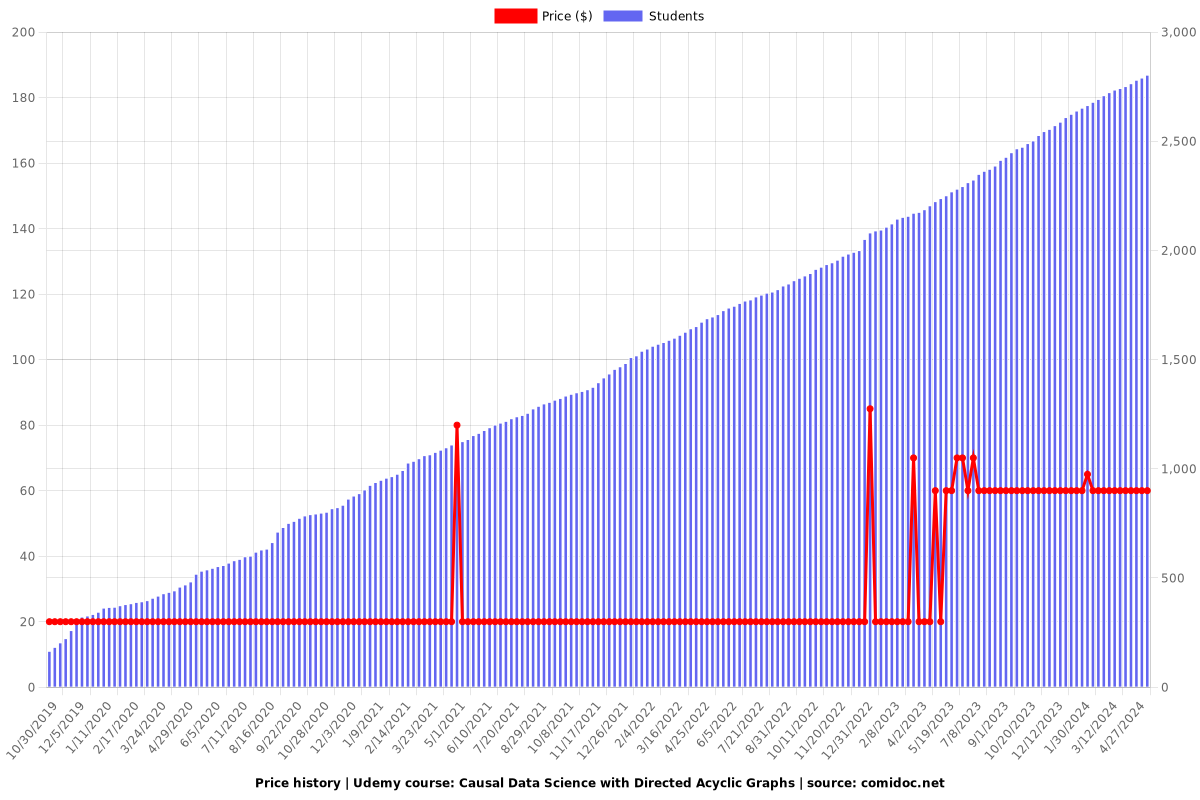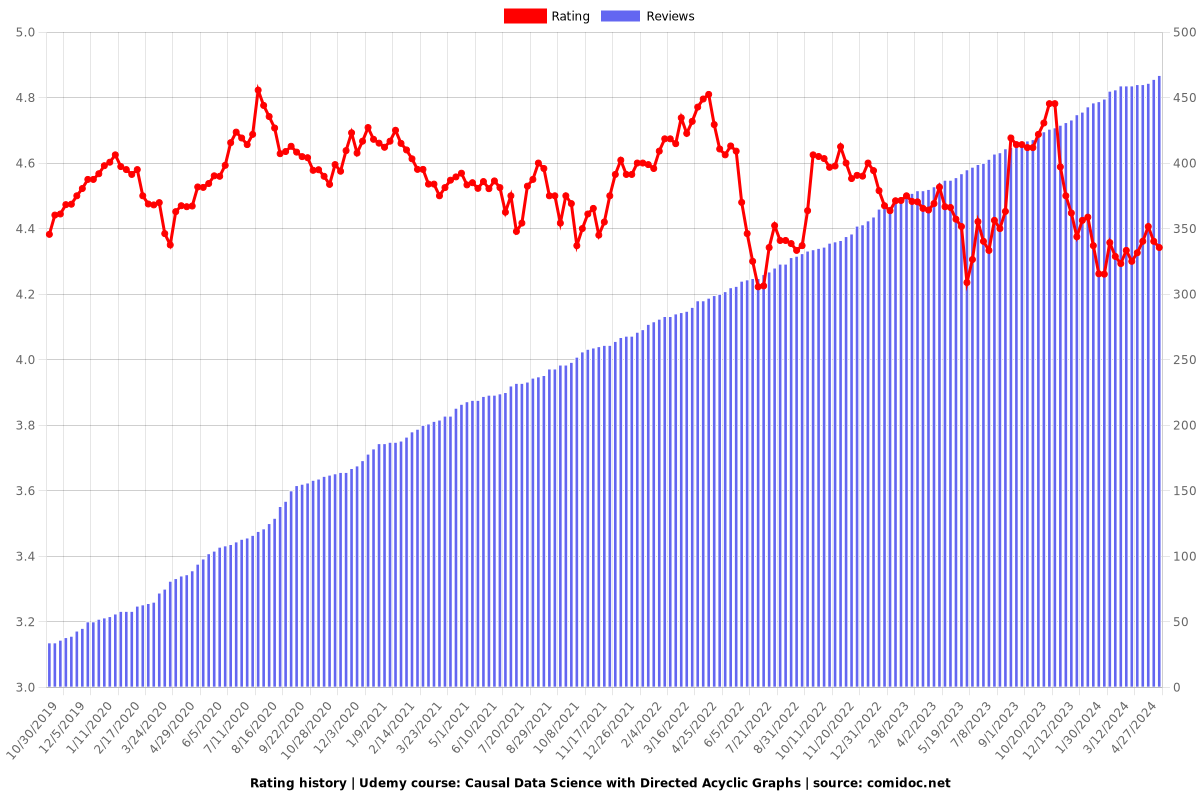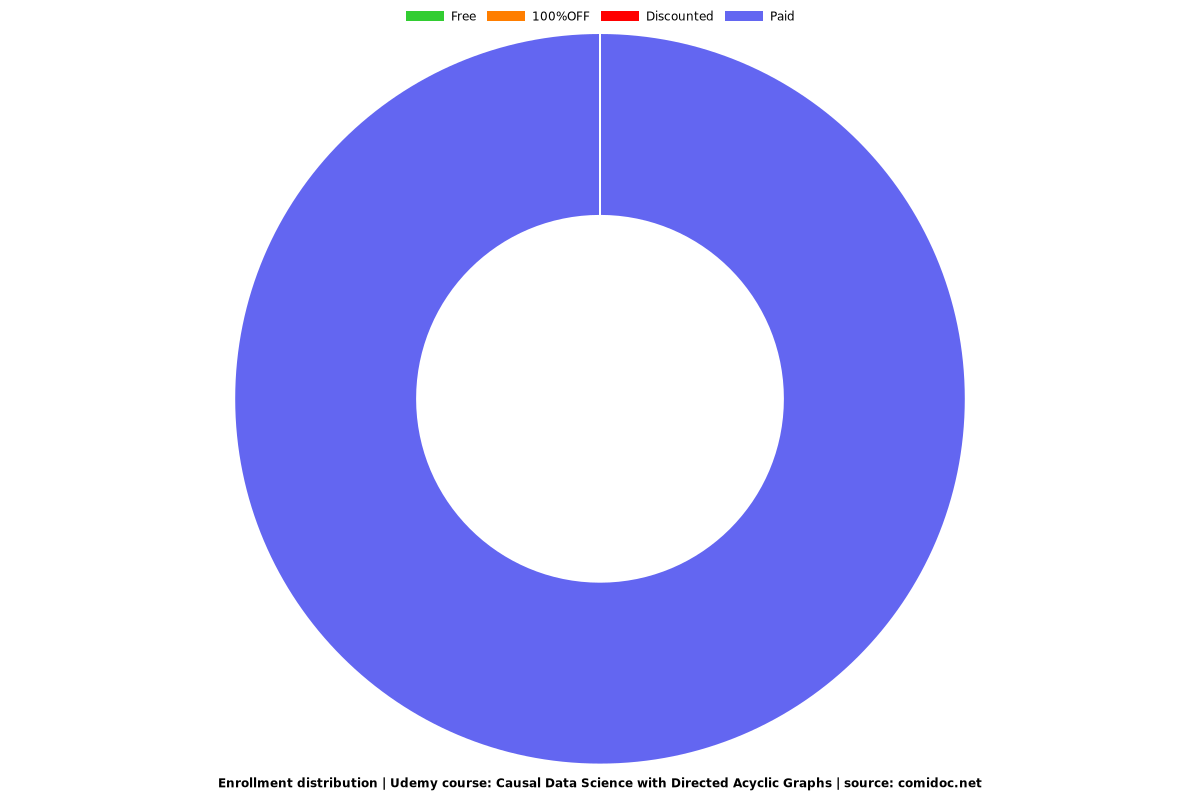Causal Data Science with Directed Acyclic Graphs
Get to know the modern tools for causal inference from machine learning and AI, with many practical examples in R

What you will learn
Causal inference in data science and machine learning
How to work with directed acylic graphs (DAG)
Newest developments in causal AI
Why take this course?
This course offers an introduction into causal data science with directed acyclic graphs (DAG). DAGs combine mathematical graph theory with statistical probability concepts and provide a powerful approach to causal reasoning. Originally developed in the computer science and artificial intelligence field, they recently gained increasing traction also in other scientific disciplines (such as machine learning, economics, finance, health sciences, and philosophy). DAGs allow to check the validity of causal statements based on intuitive graphical criteria, that do not require algebra. In addition, they open the possibility to completely automatize the causal inference task with the help of special identification algorithms. As an encompassing framework for causal thinking, DAGs are becoming an essential tool for everyone interested in data science and machine learning.
The course provides a good overview of the theoretical advances that have been made in causal data science during the last thirty year. The focus lies on practical applications of the theory and students will be put into the position to apply causal data science methods in their own work. Hands-on examples, using the statistical software R, will guide through the presented material. There are no particular prerequisites, but a good working knowledge in basic statistics and some programming skills are a benefit.
Our review
Charts
Price

Rating

Enrollment distribution
